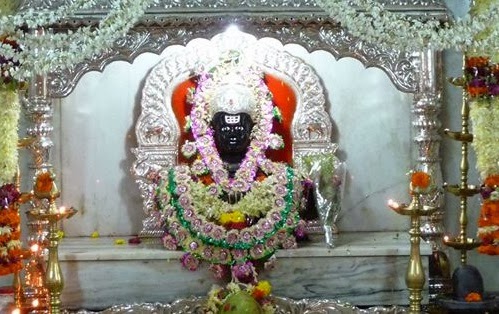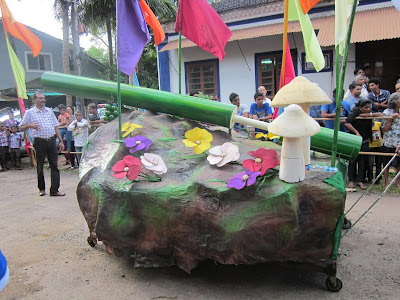Eid-ul-Fitr marks the end of the holy month of Ramadan for Muslims and the beginning of tenth lunar month or Shawwal. Ed-ul-Fitr was celebrated on the 9th of August 2013 in Goa. The day of the festival for Eid-ul-fitr is decided when the eid moon is sighted. Muslims fast and pray during Ramzan and abstain from all worldly pleasures. They open their fast at the break of dawn and dusk after their Namaaz. This ritual reinforces qualities like patience, spirituality and being compassionate towards others. People visit relatives and markets decked up for the festival also engage themselves in giving alms to the less fortunate during Ramzan, which is popularly known as Zakat.
Eid-ul-Fitr is one of the most important festivals for Muslims and a day of joy and thanksgiving. The celebrations begin on the last day of Ramadan after spotting the moon and offering prayers called Namaz-e-Eid where men gather at mosques to offer prayers and exchange greetings. They hug each other wishing "Ed Mubarak". The women-folk however, offer their Namaaz at home and exchange pleasantries. Women and girls deck their palms with henna or mehendi on this occasion.
Eid-ul-Fitr is one of the most important festivals for Muslims and a day of joy and thanksgiving. The celebrations begin on the last day of Ramadan after spotting the moon and offering prayers called Namaz-e-Eid where men gather at mosques to offer prayers and exchange greetings. They hug each other wishing "Ed Mubarak". The women-folk however, offer their Namaaz at home and exchange pleasantries. Women and girls deck their palms with henna or mehendi on this occasion.
| Biryani |


